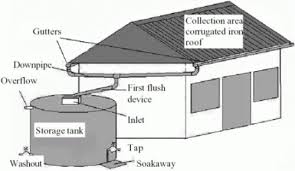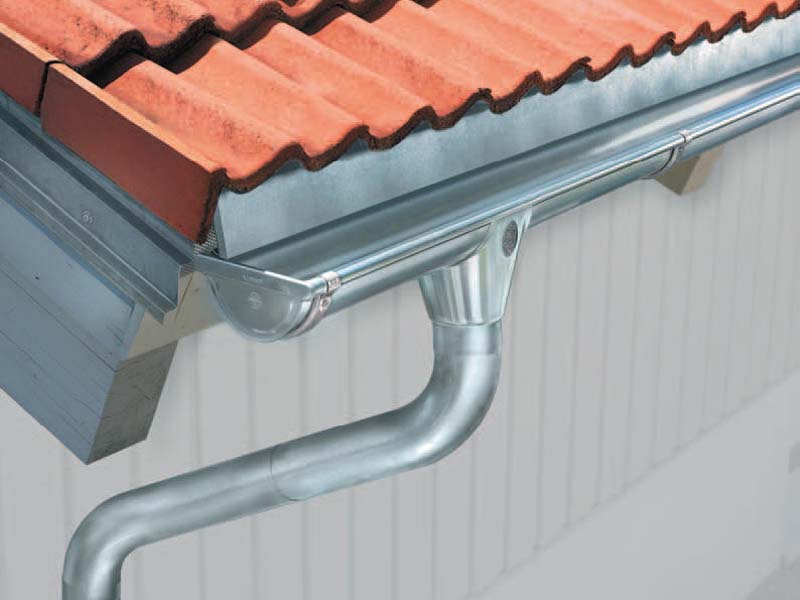Rainwater harvesting is one of the easiest ways to store rainwater for future use and stop it from running away. It is not that difficult to set up your own RWH systems. On an average, India receives around 1170 mm rainfall in a year out of which, 80 – 90% is received only during monsoons.
The New Delhi-based Centre for Science and Environment estimates that merely capturing the rainwater and runoff on 2 percent of India’s land area could supply 26 gallons of water per person.
So the potential of rainwater harvesting is huge.
How To plan an RWH?
First to plan one has to know What is RWH? It is the collection of rainwater and storage from rooftops, parks, roads and also open grounds. The rainwater can also be used to recharge groundwater.
Easiest Way To Collect rainwater:

The easiest water collecting frameworks are non-pressurized frameworks, for example, rain barrels, where the funnels keep running from rain drains into a tank. Known as “dry frameworks,” those structures don’t hold any water in the channels after it quits raining and doesn’t make reproducing reason for mosquitoes and different creepy crawlies. “Wet frameworks” are vital when the channels can’t be arranged to run straightforwardly into the tanks.
In spots where the tanks are found some good ways from the gathering surfaces or where there is a progression of tanks to serve various structures, funnels from the canal go underground and afterward up through a riser into the tank. Such frameworks are frequently pressurized with the goal that as long as it keeps running of funnels it doesn’t hold stale water.
Well-planned water gathering frameworks guarantee that the channels and every single other opening are insect-proof, particularly in wet frameworks. Moreover, wirework screen covers on all tank gulfs can help keep garbage from entering the tank. Accumulation surfaces (chiefly rooftops) ought to be made of non-toxic materials, especially dodging toxic paints and films, and tanks ought to be made of non-toxic and noncorrosive material.
Other RWH Components:
Care ought to be taken to guarantee that the tank outlet taps or draw-off channels are at any rate 10 cm (4 inches) over the tank floor to abstain from drawing out any slop that may have gathered in the water supply. Albeit a few frameworks have a sump siphon and washout pipe to expel muck.
A catchment, conveyance system, first flush to flush out the first spell of rain and filters to remove pollutants along with storage tanks are a must for RWH systems.
Overall ensuring normal cleaning within surfaces of the tank is suggested for all frameworks and components for undisrupted, efficient setup.
Where can one Install RWH?
There is a misconception that water is getting scarce, but it’s just the case that water is not where it needs to be. These setups can be installed in almost all the places that receive rainfall throughout the year.
These are:
Commercial Buildings
Smart Cities
Educational Institutions
Clubs
Hospitals
Industries,
Slums
Apartments
Colonies
Therefore setting up a rainwater harvesting system is no rocket science but a simple and convenient method to conserve every drop of water for the well-being of the future generations.














Add Comment